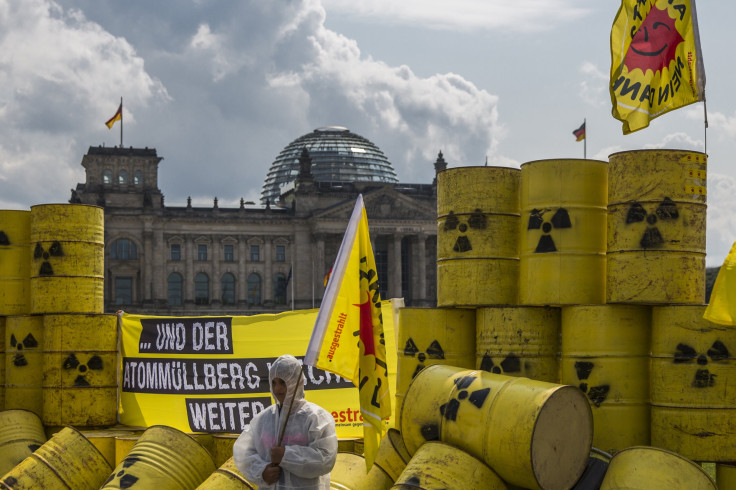Could Californium Solve Nuclear Energy’s Biggest Problem? Obscure Element Can 'Recycle' Radioactive Waste

The solution to nuclear waste disposal could lie with a little-known element tucked away in a corner of the periodic table. Scientists have found that californium, discovered in the early 1950s, shows potential for storing and even recycling radioactive waste into fuel.
The biggest obstacle facing nuclear power facilities has long been how to safely dispose of radioactive waste, which can linger for longer than human civilization has existed so far. Storing nuclear leftovers isn’t like sticking table scraps into the garbage; it involves sealing the material in airtight steel or concrete containers where it can slowly break down into less dangerous isotopes. And the process of nuclear decay can take tens of thousands of years. There’s a lot that can go wrong in that time.
According to Florida State University, researchers conducted several experiments using californium and found that the fringe element was extremely resistant to radiation damage. They discovered that the element can bond and separate other materials and even change the structure of the materials stored within it.
The new study, published in the journal Nature Chemistry, says that by separating different elements in nuclear waste, californium can actually recycle the fuel byproduct for reuse in power plants.
"This has real-world application," Thomas Albrecht-Schmitt, a professor at Florida State University and lead author of the study, said in a statement. "It's not purely an academic practice."
"We're changing how people look at californium and how it can be used," he added.
Californium was first created at the University of California, Berkeley, hence in its name, in 1950 by bombarding curium with alpha particles. Californium, whose atomic number is 98 and symbol is Cf, is a radioactive metallic element and the heaviest element to occur naturally on Earth. Heavier elements can only be produced in a lab.
Californium is often used as a source of neutrons – one microgram of californium-252 can produce 170 million neutrons per minute. Through a technique called neutron activation, californium can identify gold and silver ores.
In the U.S., storing nuclear waste is a responsibility that falls on the shoulders of the U.S. Department of Energy. But the federal government has yet to develop a long-term management plan for disposing of used uranium fuel. According to the Nuclear Energy Institute, nearly all radioactive waste is currently stored at the reactor sites.
“Whether nuclear fuel is used only once or recycled for subsequent use, disposal of high-level radioactive byproducts in a permanent geologic repository is necessary,” the institute reports. “Underground disposal in a specially designed facility is an essential element of a sustainable, integrated used nuclear fuel management program.”
© Copyright IBTimes 2024. All rights reserved.












